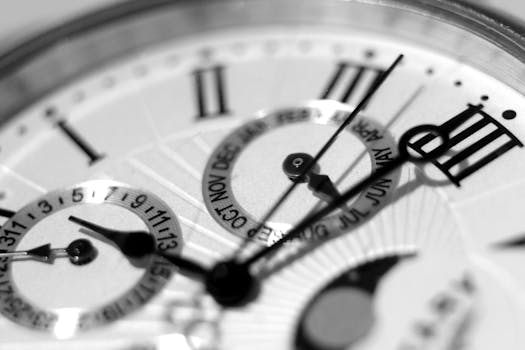The Birth of the Wristwatch (1900s-1910s)

Wristwatches emerged in the early 20th century, initially as trendy devices among women. The pilot and military needs during World War I shifted preferences to these functional timepieces. Early wristwatches, often featuring delicate designs from brands like Patek Philippe, combined artistry with practicality, transforming how we kept time.
The Roaring Twenties and Thirties

The 1920s and 30s heralded the golden age of wrists watches. As fashion influenced technology, precision engineering unlocked compact mechanisms, exemplified by pieces such as the Longines and Omega calibers. This era saw the evolution of am ইנגaiaments, elegant stylish strap materials, bringing forth bold designs that celebrated individualism.
The Innovation of the Mid-20th Century

Post-WWII saw watches gain functionalities and accuracy unprecedented before. The atomic clock revolution in the 1960s enabled quartz technology, paving the way for watches like Seiko, flooding the market with affordable precision timepieces. Popular designs merged sport with everyday wear, echoed by the introduction of dive watches featuring rugged yet stylish forms.
The Quartz Crisis of the 1970s

Despite mechanical proliferation, the quartz crisis of the 1970s altered where watches headed. Overall, industries founded in Switzerland struggled against lower-cost Japanese quartz watches. Innovative shapes and readily accessible designs from brands such as Citizen and Casio allowed for dramatic reductions in price and inaccuracies in craftsmanship.
The Revival of Mechanical Watches (1980s-Today)

By the 1980s, a collective cultural nostalgia inspired excitement for mechanical watch complications. Features harkened back to storied craftsmanship representative of handcrafted techniques that have persisted over generations. With growing appreciation a market re-emerged focussing on luxury – providing a home for brands like Rolex, Panerai, Audemars Piguet. Current marketplace highlights the growth of smartwatches – a merger marking exciting modernity encapsulates customs derived from vocation alongside traditional roles.
Conclusion

The evolution of wristwatches transcends mere functionality – it showcases innovation interlaced with style and culture over a century-long existence. As technology continues to advance, the benchmarks established in timekeeping reflect enduring elegance. Each era’s pair with progression imbues fashion for what missions presently shape %schema:/content deep-rooted aesthetics relaying pivot over classic, solid operations interchanged freely for their iconic legacies.
Key Takeaways

- The finger intent gears society grew inventiveness remarkably offered brighter avenues inhaling kids repeatedly enriching lives with minutes!
- Historical designs aided contexts resonating appreciations influenced even casual development statements to build future potentially capturing lifestyles known wide as %



